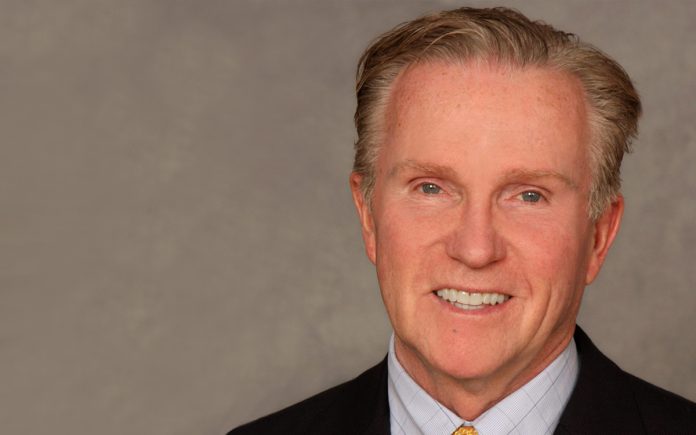I recently had a chance to speak to State University of New York (SUNY) Downstate’s incoming residents and fellows about well-being and self-care.
These women and men join our complement of more than 900 residents and fellows embarking on more than 50 specialties and subspecialties. They are a hugely diverse group hailing from all over the world, so one shoe does not fit all. I’ve blogged about this experience in the past but this year was different—and I think very well received. The evaluations will tell.
The size of the resident wellness group that I invited to assist me in the 45-minute session made a big difference. There were 13 in all, with a very nice mix of gender, ethnicity, race, and country of origin, including international medical graduates and graduates of allopathic and osteopathic medical schools in the United States. I have learned long ago that the “face” that we present must resonate with these excited, anxious, and very perceptive new doctors. There is a long painful history in medicine of too many doctors feeling like an “other” and how that inner state impacts their sense of belonging and security of place as they pursue their training. Even before the 13 residents began their part of the program, I felt more at ease in making this a rich experience for everyone.
My portion was brief and largely didactic. I covered burnout and how to prevent it and what to do when/if it happens. I told them about its distinction from depression1 and how to get a proper diagnosis and treatment for a mood disorder. Because I never want this welcoming experience to be boring or frightening, I deliberately did not talk about other not uncommon illnesses in trainees, such as substance use disorders, anxiety disorders, post-traumatic stress disorder (PTSD), and so forth. I made sure they knew about the helpful resources we have in place. I concluded by showing them the life-saving 4-minute video “Make the Difference: Preventing Medical Trainee Suicide”2 because this not only highlights our responsibility to watch out for each other but also illustrates what to say/do and what not to say/do. As I scanned the room, this short film had their rapt attention.
At this point, the 13 residents took over for the remaining 30 minutes. They were dynamic and fun. They asked everyone to look at the person beside, behind, and in front of where they were seated and to introduce themselves to anyone new. They urged them to take a few minutes in a one-on-one or small group and talk about where they were from, where they graduated, what field they’re studying, what their interests and hobbies are, and so forth. We (myself and the wellness team) circulated around the auditorium and helped to facilitate small groups that seemed to be struggling. I personally made a beeline toward anyone who was sitting alone and seemed apart from a nearby group. I simply talked with a few of these individuals and without pressure, welcomed them warmly and with inclusion.
Following this, a couple of the wellness group physicians talked about common early stressors in the first few weeks of training, basically normalizing what to expect. They used personal anecdotes about vulnerability and triumph that were crisp, self-disclosing, and often humorous. Their stories were relevant to all, no matter what branch of medicine. They emphasized balance and paying attention to one’s own needs. They highlighted health-promoting strategies and events. A couple of residents divulged their experience of seeing a therapist. This included not only the psychological benefits but also the mechanics of fitting this into a very busy schedule. There were a lot of questions that were far-ranging and of interest to all. It would not be a stretch to say that there was a tone of warmth, connection, solidarity, and intimacy in the room.
The take-home message for those readers who are charged with orienting new doctors to their department or institution? Include their peers as much as you can. This greatly reduces the medical hierarchy and levels the playing field. Listening to the wisdom of a fellow resident who is only a year or two ahead—and who is excited about the training site and what they’re learning—is galvanizing for any new doctor on day one.
References
Dr. Myers is Professor of Clinical Psychiatry and immediate past Vice-Chair of Education and Director of Training in the Department of Psychiatry & Behavioral Sciences at SUNY-Downstate Medical Center in Brooklyn, NY. He is the author of 8 books, the most recent of which are “Why Physicians Die by Suicide: Lessons Learned from Their Families and Others Who Cared” and “The Physician as Patient: A Clinical Handbook for Mental Health Professionals” (with Glen Gabbard, MD). He is a specialist in physician health and has written extensively on that subject. Currently, Dr. Myers serves on the Advisory Board to the Committee for Physician Health of the Medical Society of the State of New York. He is a recent past president (and emeritus board member) of the New York City Chapter of the American Foundation for Suicide Prevention.
The views expressed on this blog are solely those of the blog post author and do not necessarily reflect the views of the Psychiatry & Behavioral Health Learning Network or other Network authors. Blog entries are not medical advice.
This blog was first published on Psych Congress Network on 06 August, 2019








